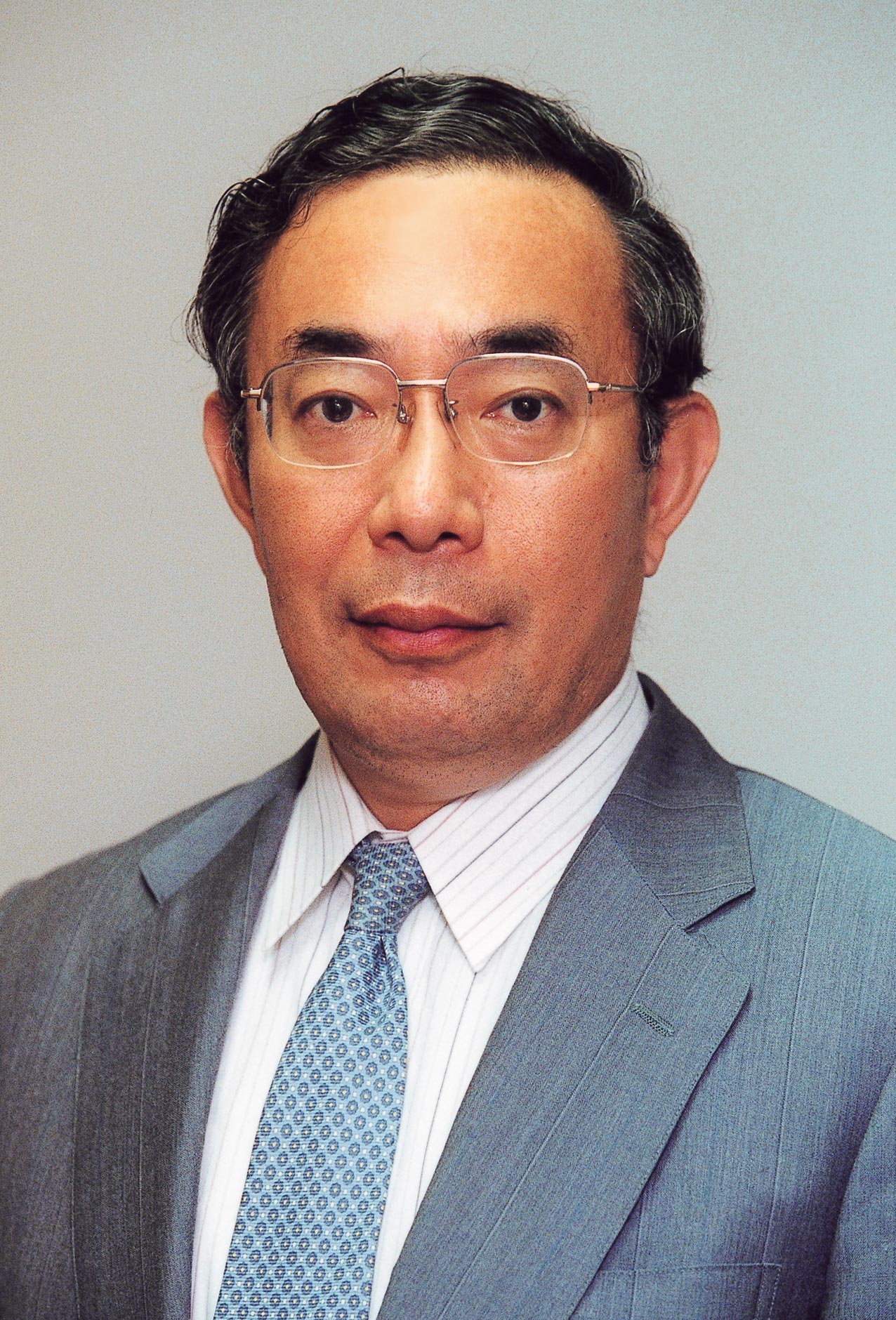Is Japan caught in an upper income trap?
By Naohiro Yashiro, Showa Women’s University
 Photo by Carlos Doneris
Photo by Carlos Doneris
Japan’s economy is stagnant and has been so for quite some time now. It looks as if Japan is now in the ‘upper income trap’. In comparison with its 10 per cent real GDP growth rate between 1950 and 1960 and 4 per cent growth rate between 1970 and 1980, Japan has only managed an average growth rate of 1 per cent since the early 1990s. This declining trend has been driven by Japan’s considerable demographic challenges.
Japan's dependency ratio — that is, the proportion of non-working-age to working-age people in the total population — was in decline up until the 1970s, which led to a ‘population bonus’ or demographic dividend and high GDP growth. It eventually stabilised in the 1980s, as did GDP growth. But since the 1990s the dependency ratio has been on the rise again, leading to a period of ‘population onus’ and economic stagnation.
Population ageing is a significant demographic issue for Japan and a common feature among developed economies
Population ageing is a significant demographic issue for Japan and a common feature among developed economies. With high GDP per capita, people live longer and choose to invest more in their children’s education. Often this results in couples’ deciding to have fewer children and, therefore, a decline in the fertility ratio. As the share of elderly people to the total population increases so does the social security burden on the working generation, which can discourage investment.
There are several factors that exacerbate the negative impacts of population ageing in Japan, compared to other developed countries.
One factor is the age-specific nature of Japanese workplaces. In large companies, employees are promoted based on their years of service to a particular firm and wages are set based on their seniority. This system has become increasingly costly due to the increasing share of senior employees in firms. Combined with the commitment to long-term employment, this means that Japanese firms have heavy fixed employment costs that gradually squeeze profits.
Although the labour force participation rate of the elderly is particularly high in Japan, employees are still required to retire at 60 years in most large firms. This not only constitutes age-based discrimination, but is also a waste of human resources. Most elderly workers are re-employed in a fixed term contract at least to age 65 in the same firm, but they are generally not assigned to responsible positions in the firm. The increase in elderly workers compounds the high ratio of non-regular workers.
Japanese women are similarly poorly utilised in the labour market, despite their high education levels
Japanese women are similarly poorly utilised in the labour market, despite their high education levels. In 2015, the female labour force participation rate of 25–44 year olds was 74.4 per cent compared with 95.3 per cent for males. This reflects a typical lifecycle pattern where women leave the labour force to rear children. The gap in human capital investment in women, compared with men, is a major reason for why just 10 per cent of managers in Japanese companies are female.
On top of this, Japan still maintains a negative attitude towards foreign workers despite its sharply diminishing labour force. The basic immigration policy accepts professional workers but refuses to embrace unskilled workers. This policy is inconsistent with Japanese firms’ needs and has resulted in de facto unskilled foreign workers — who are employed as ‘trainees’ — having to return unwillingly to their home countries after 3–5 years. This is undesirable for both the foreign workers and the firms employing them.
Economic growth does not solely depend on demographic factors alone and long-term economic stagnation is avoidable. With appropriate structural reform, the declining labour force growth and ageing population can actually be harnessed as potential sources of future economic growth.
With appropriate structural reform, the declining labour force growth and ageing population can actually be harnessed as potential sources of future economic growth
One useful reform would be to enforce equal pay for equal work. Prime Minister Shinzo Abe has in fact become an advocate of this. Of course, the adaptation of such a reform should be flexible. Mechanically applying the principle of wage equality is not necessarily the answer. Rather, it may be sufficient to simply ask the employer to justify the existence of wage differentiation, including, for example, across different age groups. This would shift the burden of proof from the employees to the employers and provide an important step towards pay equality.
Current immigration policy also needs to be revised. Unskilled foreign workers coming to Japan to undertake traineeships have to be accepted as skilled workers after the completion of their training period. Currently foreign trainees fall under the Official Development Aid program, which provides training to foreigners who will work for their own countries. Recently there has been some progress towards this reform; foreign workers are now allowed to undertake household activities within National Strategic Special Zones.
While Japanese growth is stalled, persistent economic stagnation is not a given. But breaking the upper income trap will require Japan to overcome entrenched institutional barriers and harness its ageing population. If Japan is to succeed strong political leadership is crucial.
This article appeared in the most recent edition of the East Asia Forum Quarterly, ‘Stuck in the middle?’.
About the author
 |
|
Naohiro Yashiro is a professor at the Global Business Department in the Showa Women's University, Tokyo. |
About AJRC
 |
|
The Australia-Japan Research Centre (AJRC) at Crawford School of Public Policy conducts research to explore and improve understanding of the economies and economic policy processes in Australia and Japan and both countries' strategic interests in the Asia Pacific economy. Its policy-oriented areas of interest cover developments in regional economic cooperation and integration and encompass research on trade, finance, macroeconomics and structural and regulatory reform, as well as international economic relations. |
Forthcoming Events
- AJRC Brown Bag seminar, presented by Professor Haruaki Hirota (Musashi University, visiting fellow at the ANU), 3 May 2016
For more information, visit the AJRC website.
Recent publications
-
Japan’s 3.11 master narrative still under construction
By Richard J Samuels
AJIR Forum
No.3, 2016
» download
-
The Bank of Japan’s sub-zero shock
By Masahiko Takeda
AJIR Forum
No.2, 2016
» download
-
Abe's arrows still missing the mark
By Nobumasa Akiyama
AJIR Forum
No.1, 2016
» download
-
Japan’s Abenomics bumps along
By Hugh Patrick
AJIR Forum
No.12, 2015
» download
Contact AJRC
(T) +61 2 6125 0168
(F) +61 2 6125 8448
(E) ajrc@anu.edu.au
Australia-Japan Research Centre (AJRC)
Crawford School of Public Policy
ANU College of Asia & the Pacific
J.G. Crawford Building No. 132
Lennox Crossing Road
The Australian National University
Canberra ACT 0200 Australia |